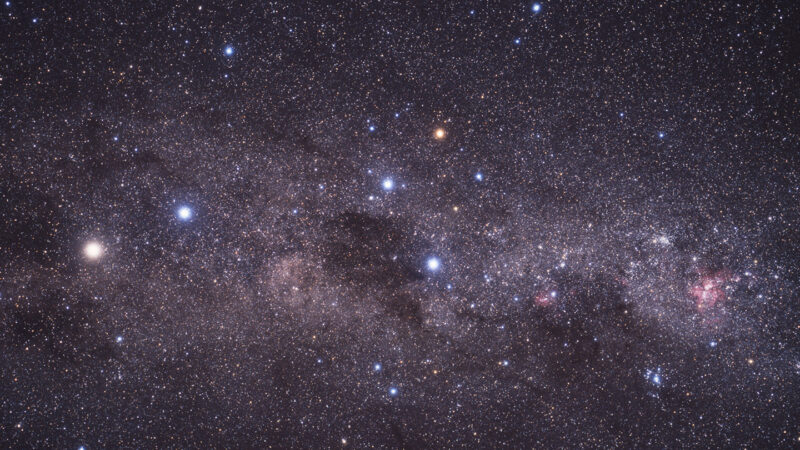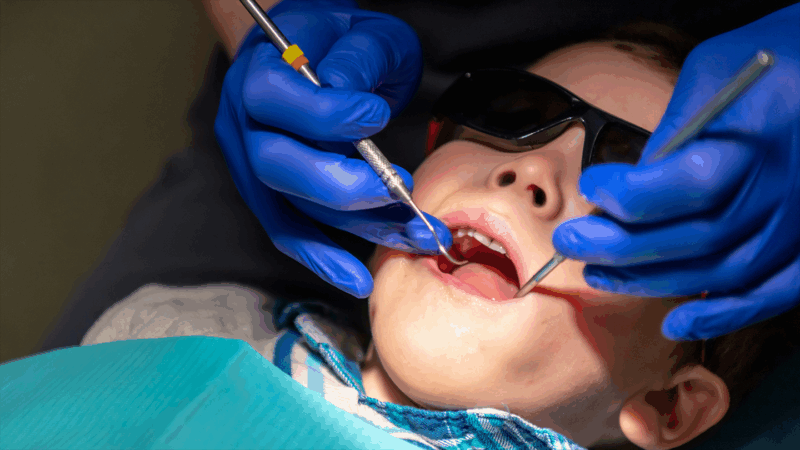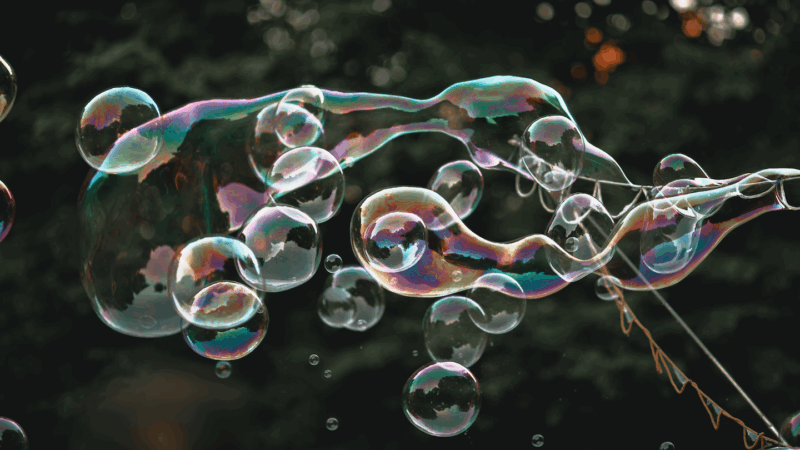Every year, Brian Williams Science helps you find the perfect gift for the science enthusiast in your life. Today, we present The Inkless Metal Pen!
Every year, the Brian Williams Science publishes a set of articles aimed at helping you find the perfect gift for the science enthusiast in your life. We call it Giving the Gift of Wonder. This year, we’ve got a very special list of great gifts ideas meant to inspire curiosity and imagination. Some are for children. Others are for adults. Many are for kids of all ages! Chances are that you’ll be able to check a few names off your list with some of the ideas you find here. And as usual, we hope that you will take time this holiday season to Do Some Science!
Today’s Gift Idea: The Inkless Metal Pen
This is something of an oddity. It’s an inkless metal pen. The metal pen is made out of stainless steel. The special metal nib leaves a metal residue on paper, so there is no ink to run out.
How does it work? During the Medieval period, artists and scribes often used a metal stylus to draw on a specially prepared paper surface. Generally known as Metalpoint or Silverpoint, artists such as Leonardo da Vinci, Dürer and Rembrandt all used this technique. This site gives a lot of information about how it works.
These metal pens are a modern version that don’t use silver. The solid metal ‘nib’ consists of a metal alloy, that leaves a mark on most types of paper. If you use the sort of paper typically used in printers and photocopiers, the pen leaves a mark that looks as if it was made by a pencil. However, the line will not smudge and cannot be rubbed out easily.
Since there is no ink, there is nothing to dry out, so the pen will work just as well in 25 years as it does today.

















